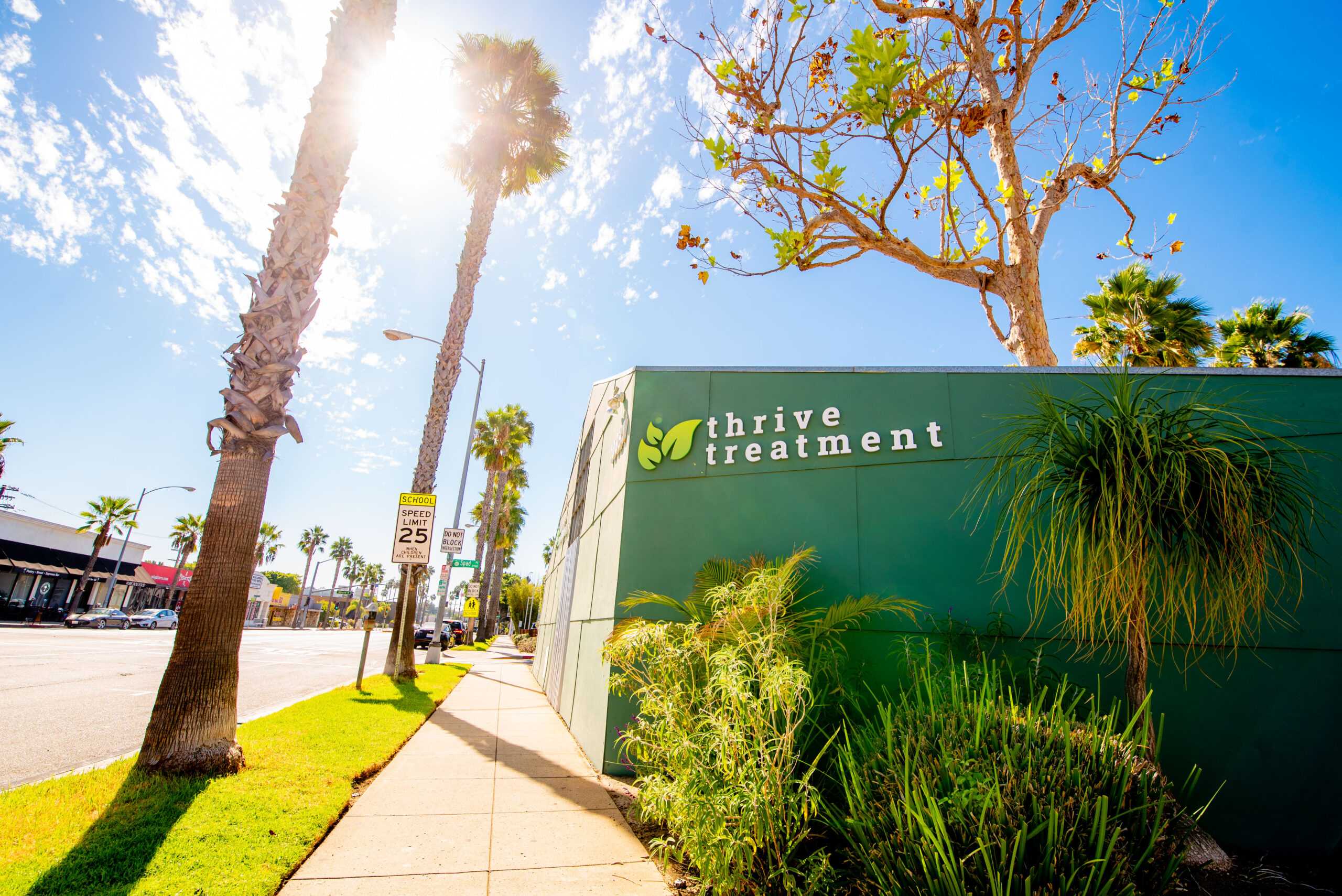In many ways, addiction is hard to simply define. It is a progressive and complex disorder that can take years to develop. As one’s addiction grows deeper, it gradually destroys the life of the addict and creates havoc with family and loved ones. The dysfunction of substance abuse can tear apart families to the point where relationships cannot be repaired and made whole. Because of the severity of addiction, finding professional help becomes critical.
This article will provide a clear answer to the age-old question of what causes addiction. You will learn how addiction affects the brain, its common causes, and the risk factors that increase the risk of addiction. Most importantly, you will learn where you can find addiction treatment in Santa Monica.
What Does Addiction Do to the Brain?
Before we take a deeper dive into what causes addiction, we need to have a better understanding of what addiction does to the brain. When someone uses a substance, it crosses the blood/brain barrier and acts upon critical receptors in the brain. Substances fit into these receptors like a key into a lock. Once the receptor is “unlocked,” an enormous amount of dopamine is released into the brain. Dopamine is thought of as the brain’s natural “feel good” chemical.
Dopamine floods the brain and targets areas of reward and reinforcement. With the rush of euphoria people feel from dopamine, they want to take more of a substance to recreate those feelings. Over time, the substance will take over dopamine production, and the brain will no longer produce dopamine. With chronic substance abuse, the user’s brain chemistry and functioning become significantly altered, and they will need to take substances to function daily.
If a drug user attempts to curb their intake or stop using altogether, they will experience physical and psychological symptoms of withdrawal. Withdrawal can be extremely painful and uncomfortable to endure. These symptoms can be severe enough that users will return to active use in order to feel normal. Unfortunately, withdrawal symptoms can also be life-threatening if multiple substances are being abused or if there are underlying medical issues.
What Causes Addiction?
There isn’t one universal cause of addiction, and there isn’t a singular “addiction gene” that causes people to develop substance abuse issues. Addiction is caused by a number of factors that often act in concert with one another. One of the most common addiction causes is a family history of substance abuse. Another example of what leads to addiction is past physical, emotional, or sexual trauma that remains unresolved and has not been addressed through therapy or other professional intervention.
Peer pressure is also one of the most common addiction causes, especially during the teen years. Teens need to feel a sense of belonging, and if peers are using substances and offering them to others, they are more likely to use substances themselves. People with mental disorders such as depression and anxiety often use drugs and alcohol to cope with their feelings.
Additional Risk Factors
There are also other risk factors to take into consideration when discussing what causes addiction. Those who start using drugs earlier are more vulnerable to developing a substance use issue. A survey done by the National Institute on Alcohol Abuse and Alcoholism showed that those between the ages of 18 and 24 are more likely to have substance use disorders. Another factor that can lead to addiction is the drug being used. Drugs such as cocaine and meth tend to be more physically addictive than drugs such as marijuana. Additionally, smoking or injecting drugs tend to be more addictive since these administration methods go directly to the bloodstream.
How to Find Addiction Treatment Programs in Southern California
If you or a loved one are fighting a losing battle with drug addiction, finding addiction treatment is your best chance to overcome substance abuse for good. If you are in Southern California, Thrive Treatment should be your first choice. Our evidence-based Santa Monica outpatient programs are administered by experienced and compassionate staff. You will receive an individualized treatment plan that fits your specific needs and treatment goals.
Make today the day to break the grip of addiction; call Thrive Treatment today to learn more about our addiction treatment and aftercare programs in Santa Monica.







